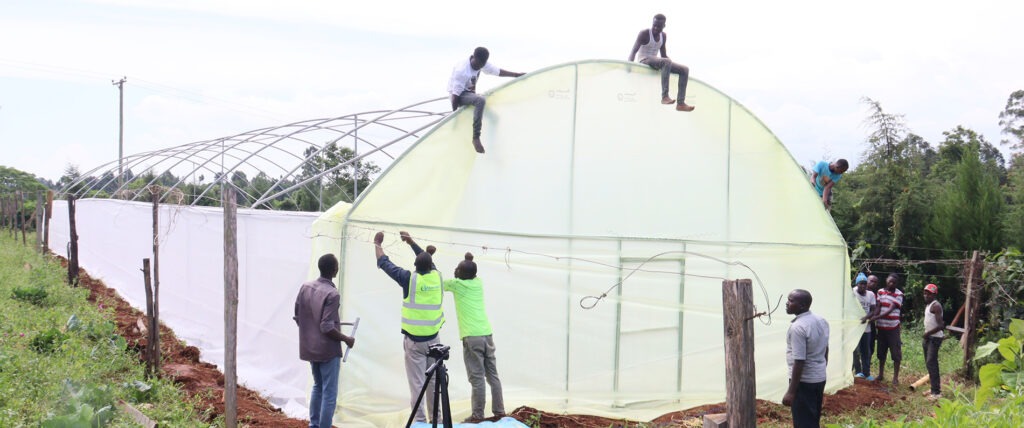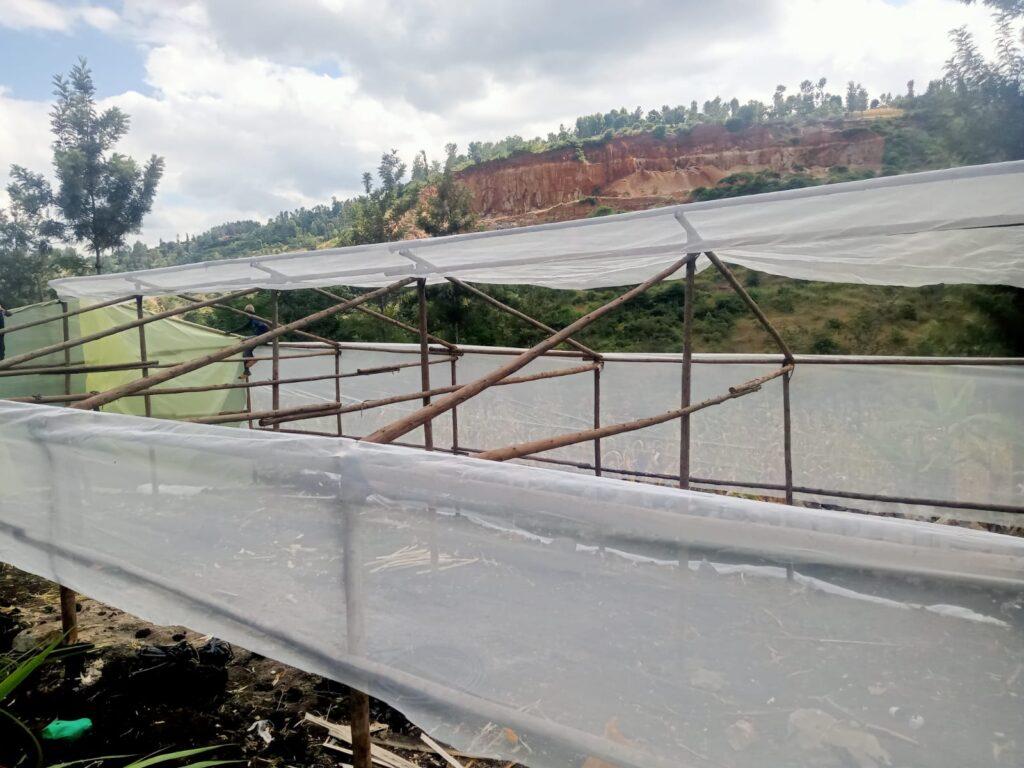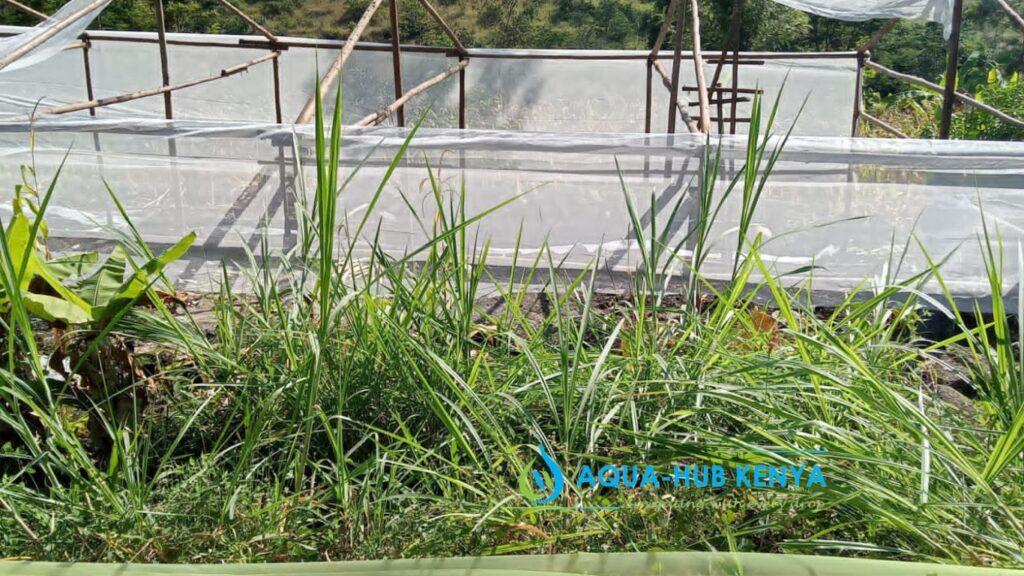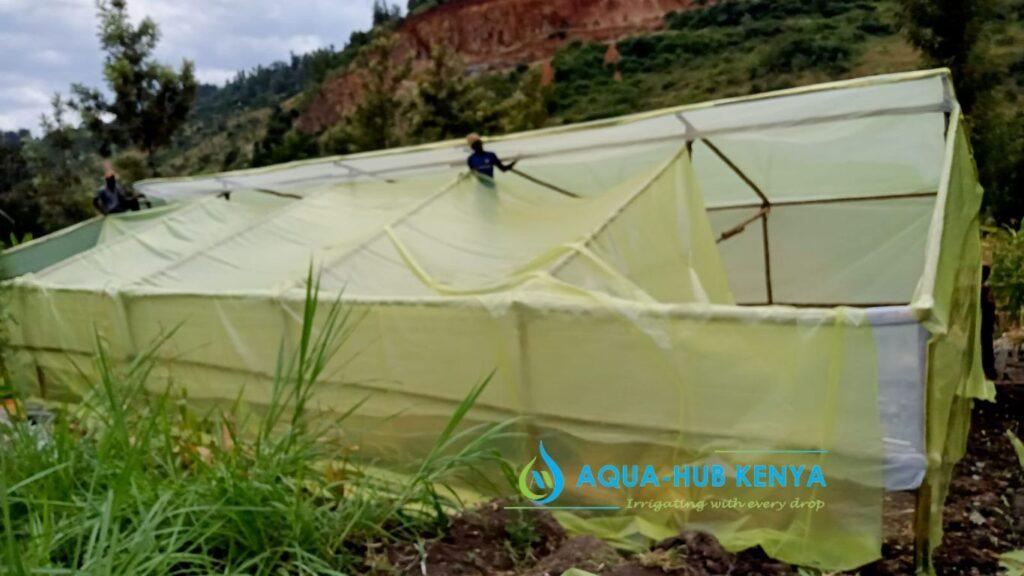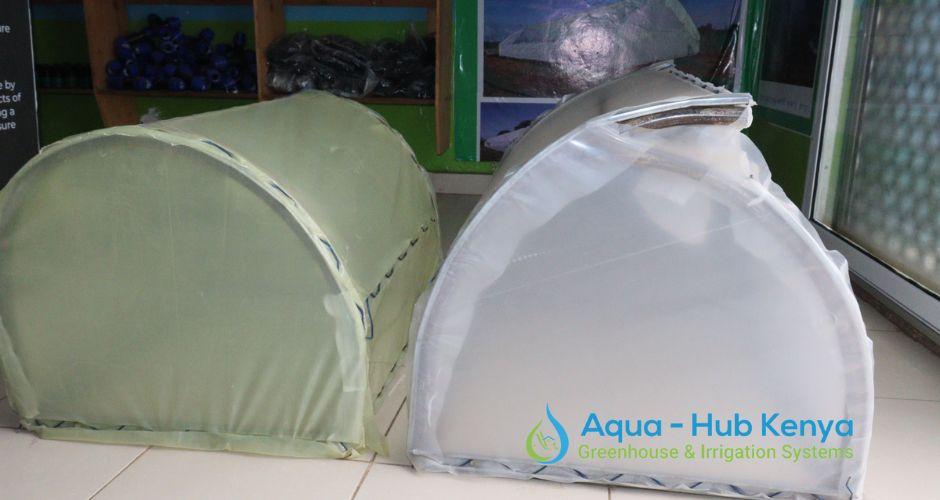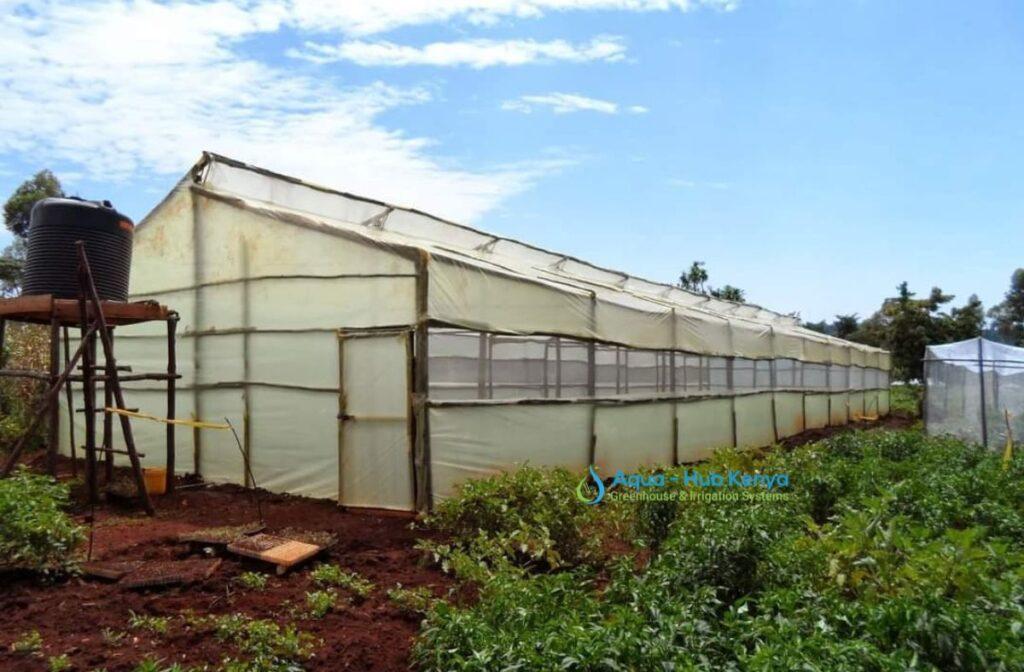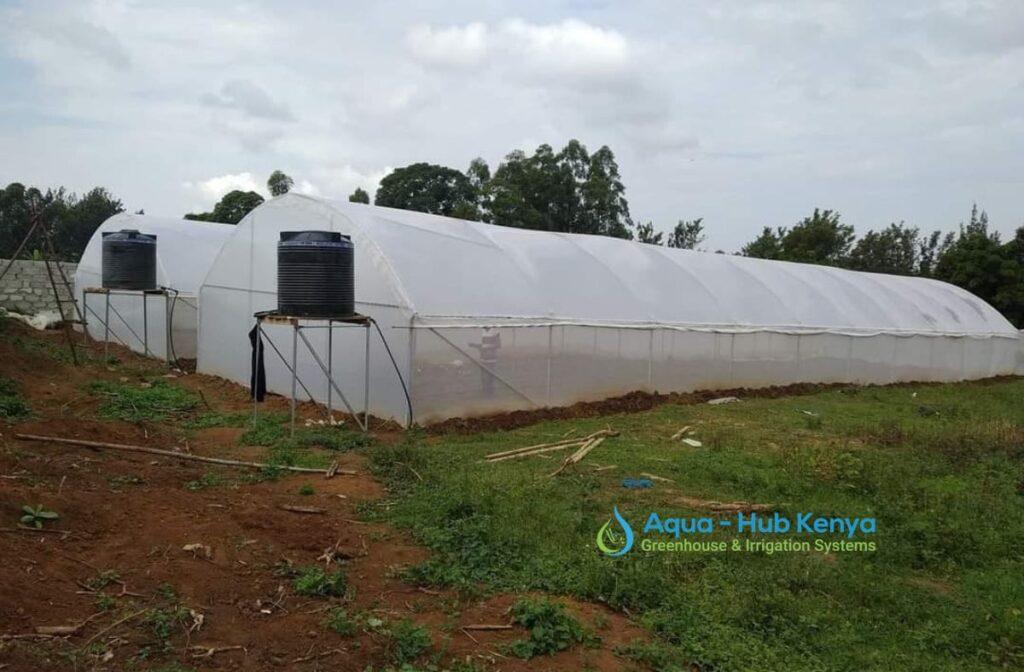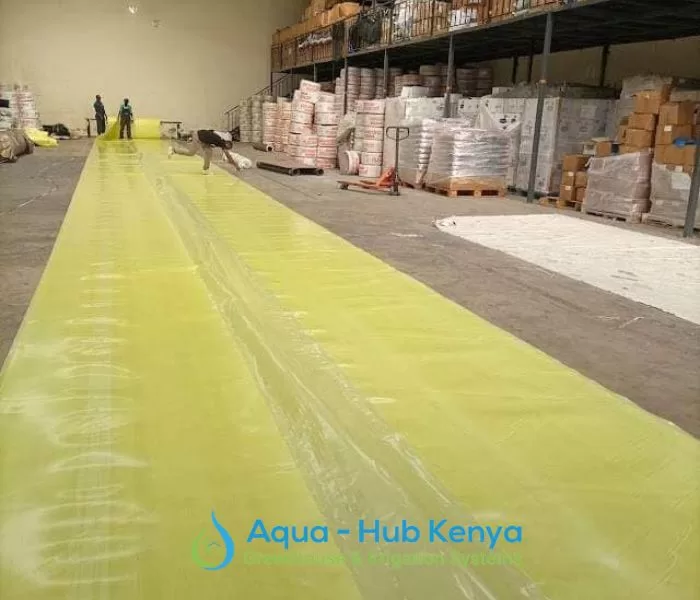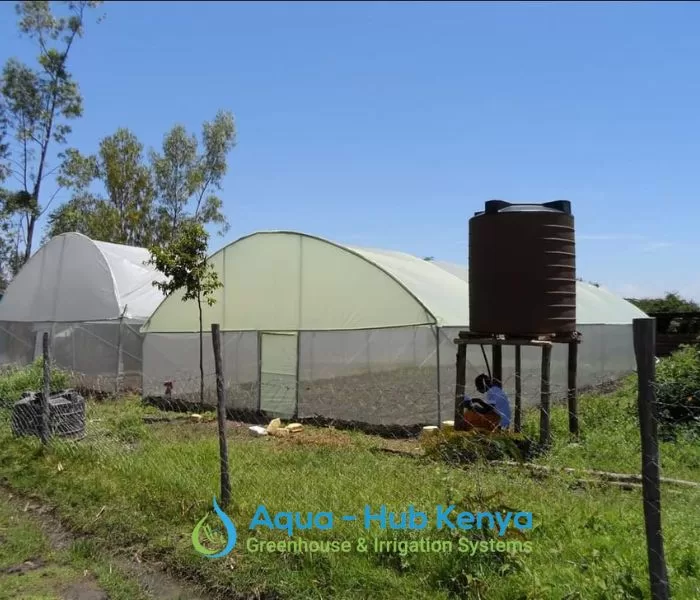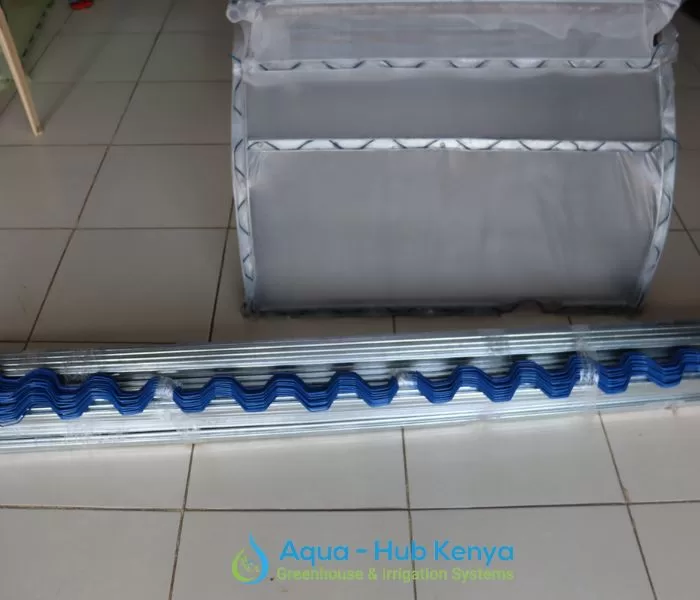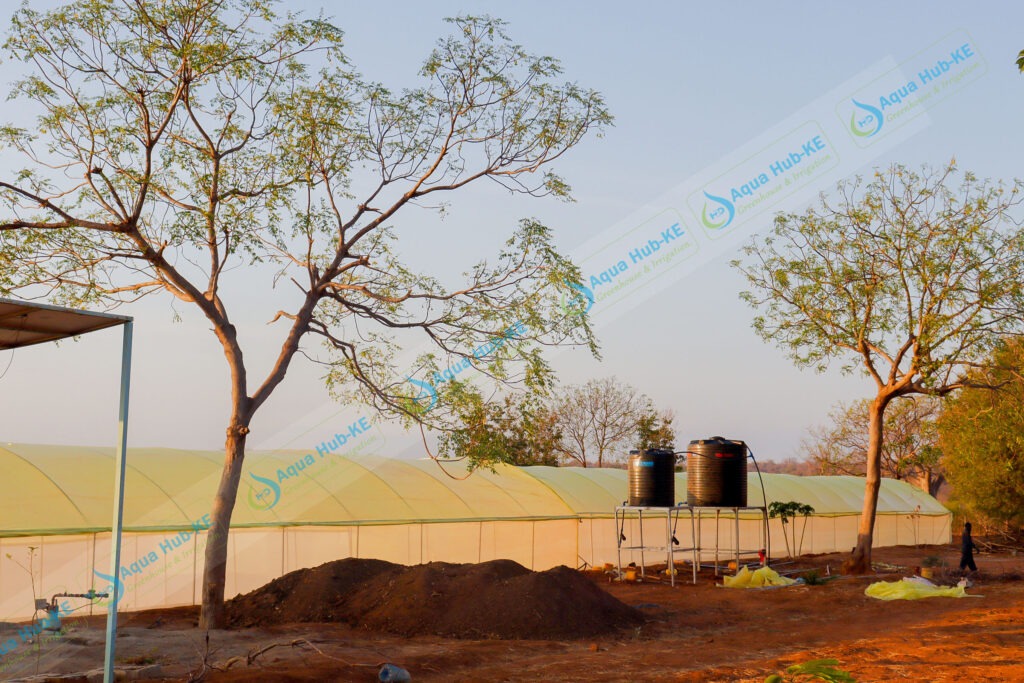The top 10 tips for Greenhouse Farming in Kenya
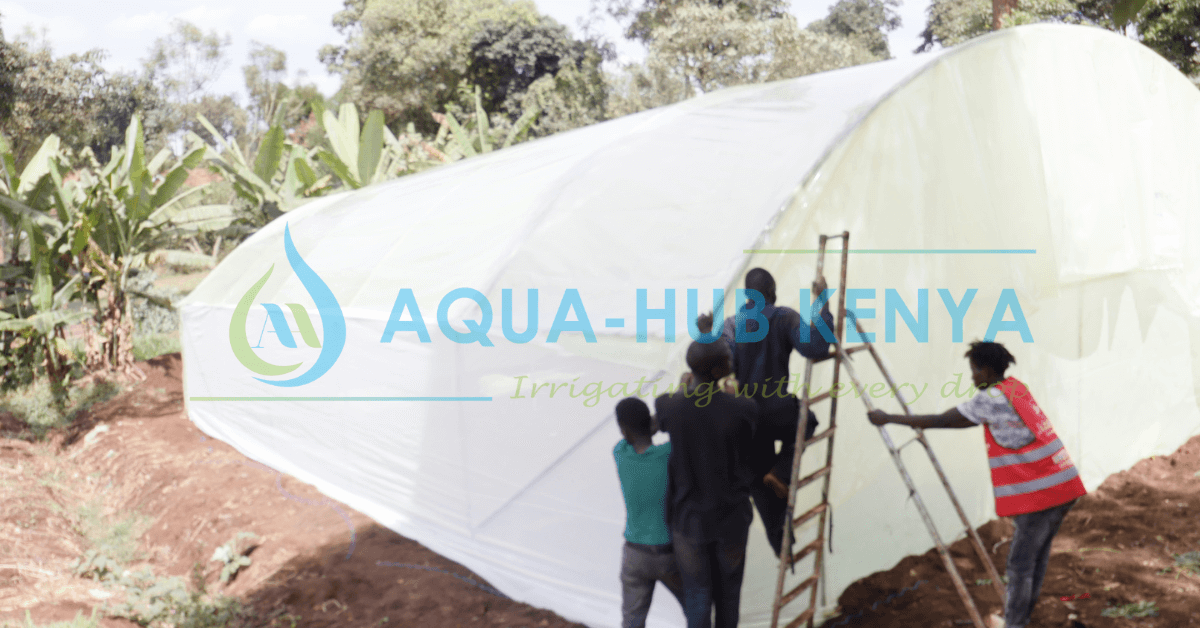
The top 10 tips for Greenhouse Farming will help you in maximizing production in your greenhouse farming project. Although beginning a greenhouse garden can appear difficult, it isn’t necessary. You may produce your own nutritious food all year long with a little forethought and preparation. Crops grown in greenhouse soil require more particular care. Your soil has time to relax and renew when plants are grown in an open field. It is simple to fall short of your expectations when it comes to greenhouse farming, as with any other newly developed and quickly expanding activity. The major reasons for a greenhouse farming enterprise’s poor performance are a lack of adequate expertise and information.
The top 10 tips for Greenhouse Farming in Kenya
Start making the most of greenhouse planning by understanding how to arrange the plants and employ the greenhouse all year long for producing vegetables, fruit, and exquisite blooms. A greenhouse will broaden your options for what and when you can grow. The best greenhouse management tactics are mentioned below to help you manage your greenhouse for maximum production.
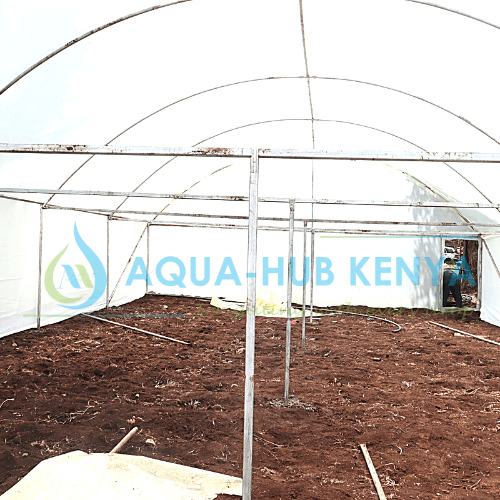
1. Do thorough Research
You must do some research before to constructing the greenhouse. Find out everything you can about the advantages and disadvantages of building a greenhouse. You need to learn about the most profitable crops. You should also consider the crops’ markets. By looking at this, you can decide which crop is worthwhile to try.
2. Select the right site/location for the Greenhouse
The site is among the most crucial factors to think about while beginning a greenhouse garden. You must locate a location in your yard that receives a lot of sunshine. Make sure the location you pick is far from any tall trees or other items that can obstruct the light if you live in a chilly area. Make sure you select a spot that receives lots of brilliant rays because sunlight is necessary for developing healthy plants.
3. Do a soil test for the site
A soil test is required to determine the fertility of your soil. This will assist you in determining the appropriate fertilizers to use, saving you money on the purchase of needless fertilizers. A full soil analysis of your greenhouse soil yields soil correction suggestions that include dolomitic lime, gypsum, rock phosphate, and manure.
4. Select the appropriate type of greenhouse for the project
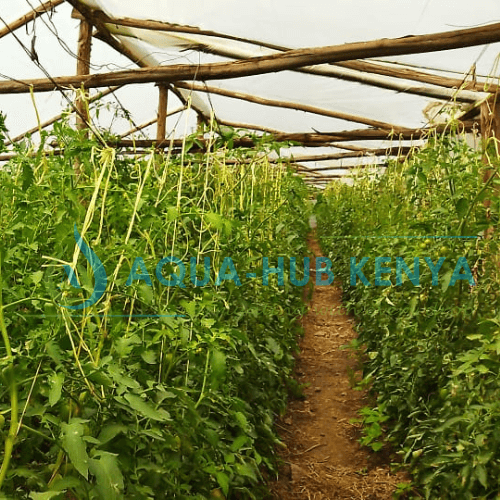
Once you’ve determined the best site for your greenhouse, it’s time to decide on the best sort of greenhouse for your purposes. There are many various types and sizes of greenhouses on the market, so do your homework before making a purchase. To determine the correct size structure, you’ll need to decide what kind of plants you want to cultivate and how many.
5. Consider investing on high quality greenhouse materials
It is critical to select high-quality materials while constructing your greenhouse. Greenhouses can be composed of wood or steel and coated with glass, polycarbonate, or plastic. The higher the quality, the longer the lifespan of your greenhouse. Quality, as they say, triumphs over quantity. You must also ensure that the materials you use are long-lasting and resistant to the weather.
6. Do an analysis of the irrigation water
Get your irrigation water tested because evaporation in greenhouses is much higher, and salts are left behind in the soil much faster than outside. Greenhouse soils are less salt tolerant, and if your water contains high levels of sodium and electrical conductivity (EC), you should be aware of this right away because there are special measures to take.
7. Expect the unexpected
Even if you plan everything meticulously, there will always be surprises while cultivating plants. Be ready to deal with the odd insect or sickness. Make a strategy to cope with these issues, so they don’t take over your landscape. Don’t allow a few issues deter you from producing your own food.
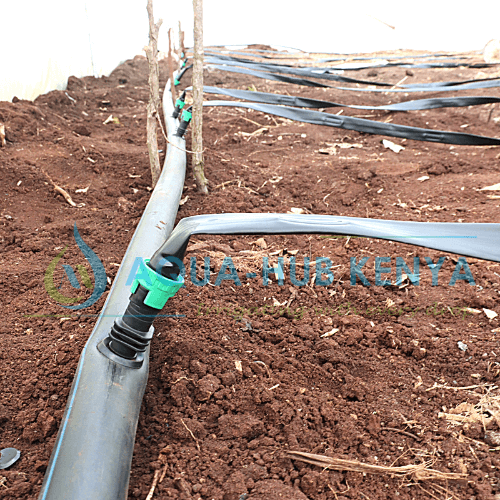
8. Ensure there is good ventilation in the greenhouse
When growing plants in a greenhouse, one of the most important things to remember is to ensure enough ventilation. Plants require fresh air to thrive and flourish. Ensure that your greenhouse has enough vents to allow fresh air to circulate. Air circulation is especially vital in the summer, when temperatures within the greenhouse can reach extremely high levels.
9. Ensure the plants get enough water
Another thing to keep in mind while growing plants in a greenhouse is to water them on a regular basis. Plants require water to survive, so make sure you provide plenty. You may need to water your plants on a daily or monthly basis, depending on the variety.
10. Practice crop rotation
Crop rotation is quite essential. This reduces pathogens and nematodes in the soil and promotes soil health. Even a short-term green manure crop, such as roses, will make a significant difference in reducing the ‘tired soil syndrome.’ Rotation aids in the renewal of greenhouse soil. Diseases spread quickly in greenhouses because of the heat, and several projects have failed as a result of improper crop rotation.
The above top 10 tips for Greenhouse Farming will highly help you. Do you want to learn about the finest greenhouse management practices? Aqua Hub is here to serve you. We have a certified and experienced team that can assist you with greenhouse installation and training on best greenhouse practices. For further information, call NAIROBI at 0790719020 or ELDORET at Get Quote.


